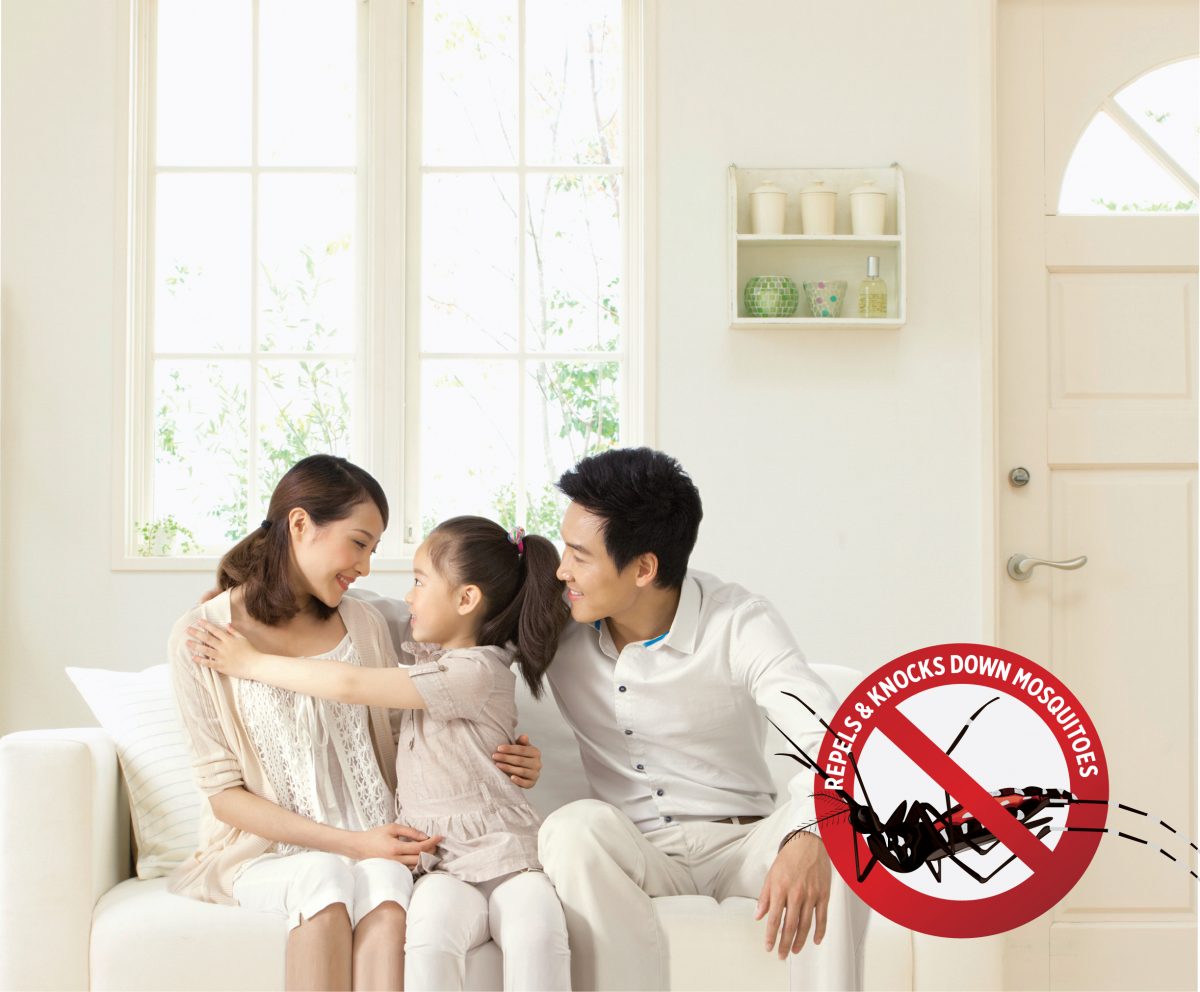
In July 2020, the National Environment Agency (NEA) reported that the weekly number of new cases of dengue in Singapore surpassed that of COVID-19. While the pandemic continues to capture public attention, there is a deadly evil on our doorstep. That enemy is the dengue-carrying Aedes aeqypti mosquito.
The deadliest animal on Earth
It comes as a surprise to many to learn that more deaths are associated with mosquitoes than any other animal on the planet. These small but deadly creatures carry a number of potentially fatal diseases, including not only dengue fever but also malaria, yellow fever, Zika, and encephalitis.
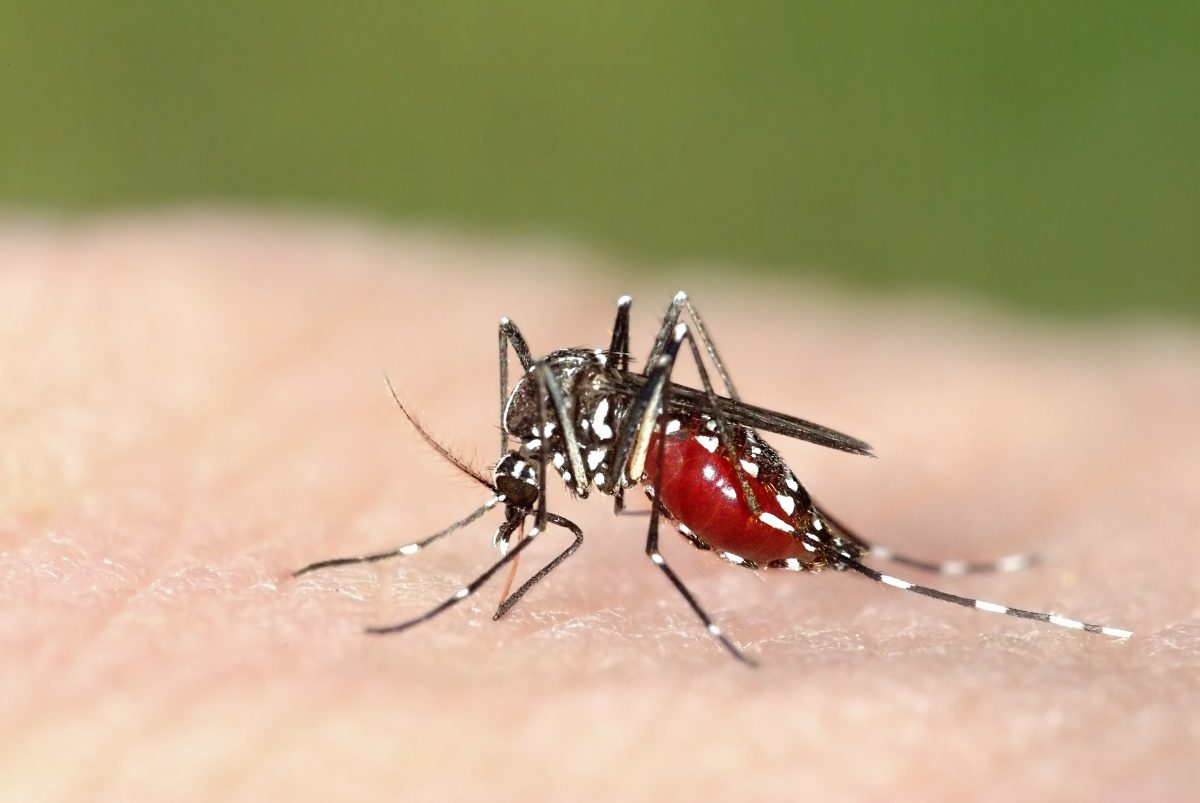
According to the World Health Organisation (WHO), 390 million cases of dengue fever infections alone are reported every year, with Asia accounting for 70 percent of that figure. Despite our international reputation for being clean and green, Singapore is not immune to the plague of dengue fever.
In fact, our tropical climate, abundant rainfall, sunshine and comfortable temperatures make Singapore a natural breeding-ground for mosquitoes. Furthermore, areas of low-rise urban housing with denser drainage networks are conducive for mosquito breeding compared to high‐rise areas2. These are typically mature HDB estates, with large populations of vulnerable elderly citizens3.
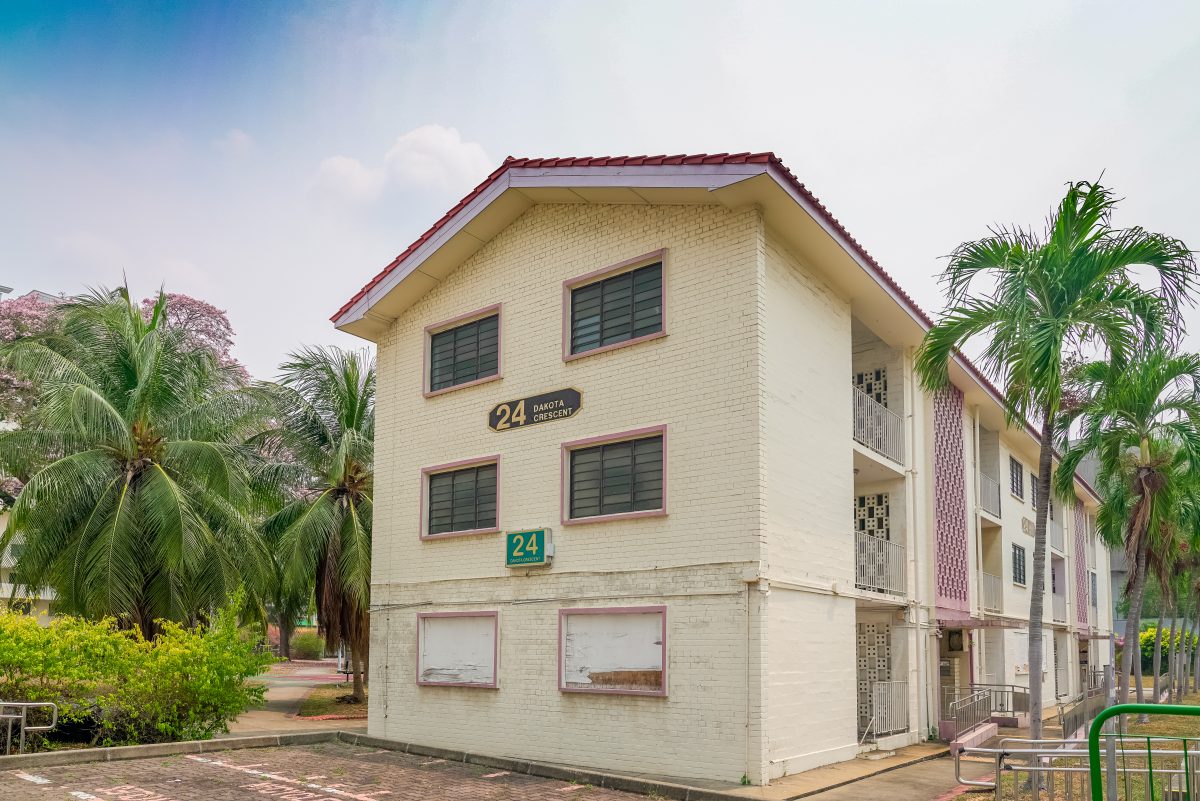
Low-rise urban housing
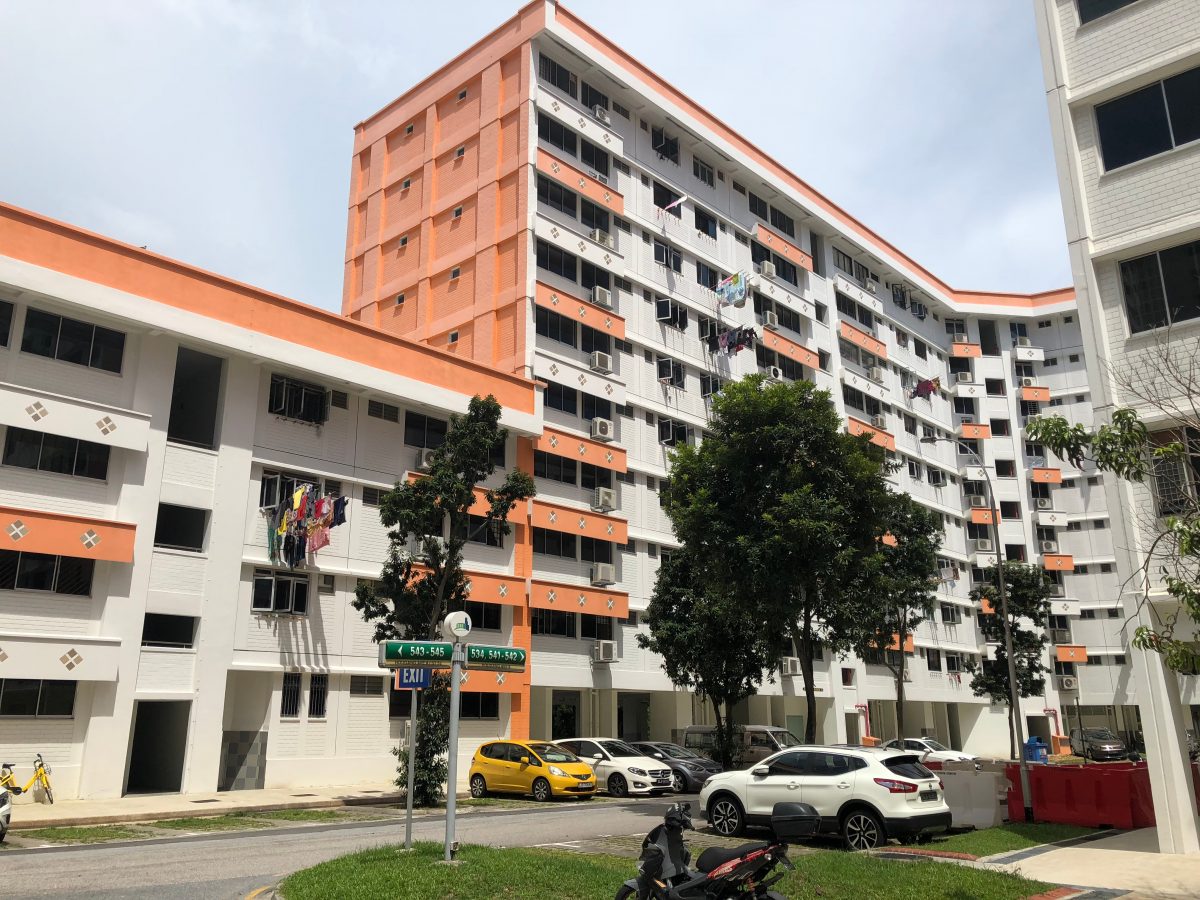
Mature HDB estate
Our conducive conditions for dengue fever are backed by the numbers. Since Singapore’s first major outbreak of dengue in 2005, which saw 14,209 cases and 27 fatalities, dengue has remained an ongoing problem. In 2019 there were 14,658 cases of dengue and 20 fatalities. In the first quarter of 2020 alone, there were 5,433 cases. Clearly this is a problem that is not going to go away any time soon.
What mosquitoes love most – and their worst nightmare
In general, mosquitoes like to rest in cool, dark and humid places. The strain that carries the dengue fever virus, the Aedes aegypti mosquito, likes to rest indoors. Its females are autogenous, which means that they require a meal of blood before laying their eggs. They are attracted to carbon dioxide, which we produce simply by exhaling, warm temperatures, the odour of human sweat and other bodily odours, the colour black and dark-coloured clothing1.
So much for what dengue-carrying mosquitoes like. The important question is – what don’t they like?
To combat dengue fever, the Singapore Government has invested heavily in public education campaigns that remind our compatriots to ‘Do the mozzie wipeout’ and keep their homes and workplaces clean and dry. These campaigns have thrown the spotlight on toilet bowls, flower pot plates, discarded drinking cups, pets’ drinking bowls, gutters and drains. In addition, local councils regularly conduct various mitigation activities in housing estates, aimed at repelling mosquito populations.
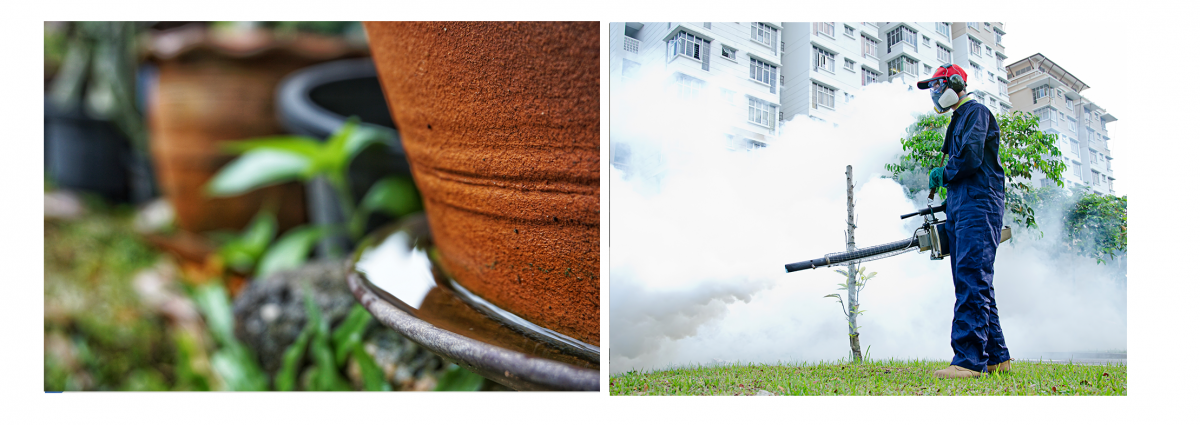
Meanwhile, Nippon Paint Singapore has focused its attention on a different battlefront – one that is ever-present in our homes and workplaces, and a favourite hangout of mosquitoes. That battlefront is walls.
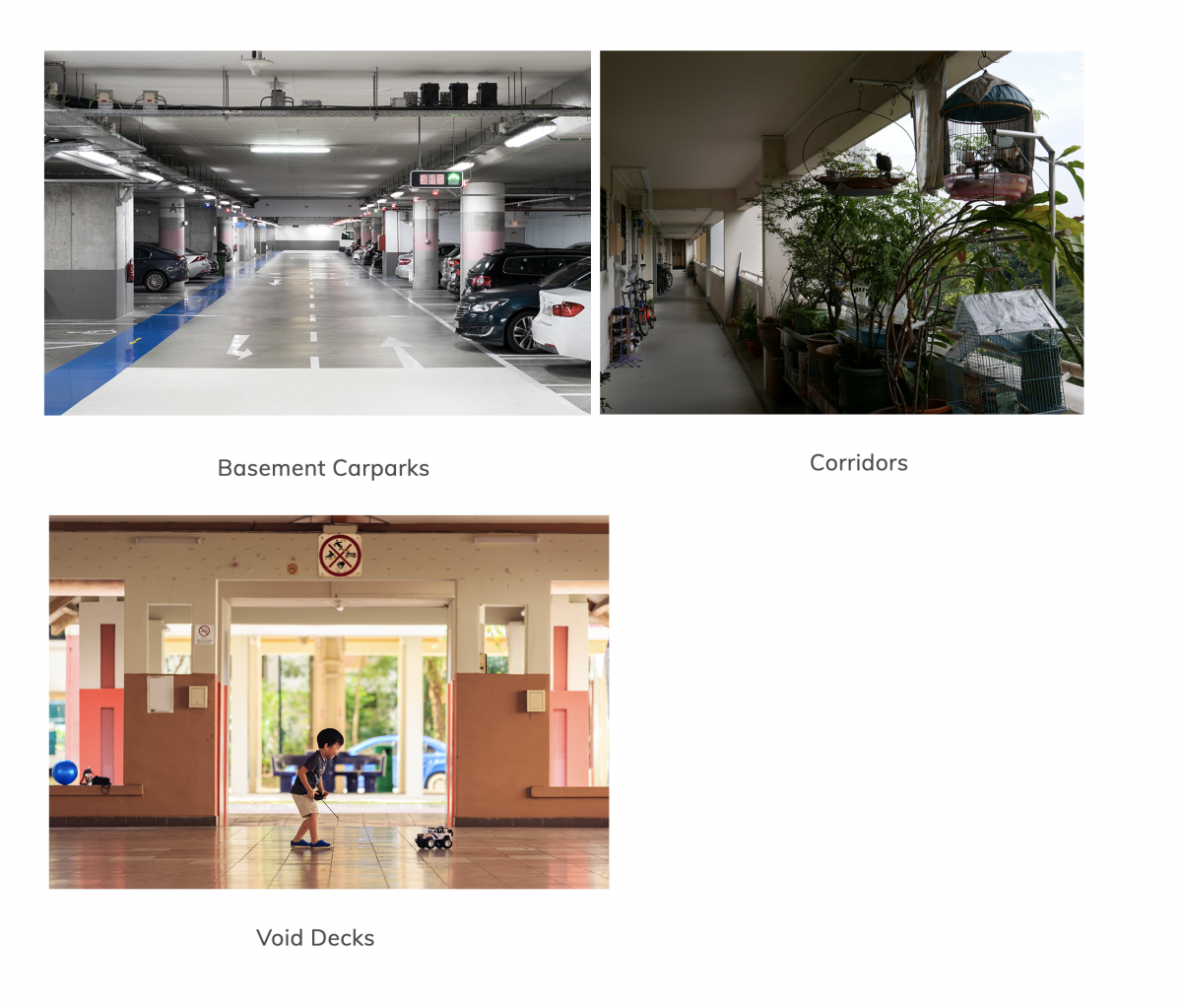
Why the new war plan targets walls
A little-known fact is that mosquitoes favour vertical landing sites over horizontal ones. For obvious reasons, walls are perfect for this purpose. And, in indoor environments, they are plentiful.
Based on this key insight into the behavioural patterns of the Aedes aegypti mosquito, Nippon Paint Singapore poured funds into developing a functional paint to fight the escalating problem of dengue fever in Singapore. The result is an innovative solution known as Nippon Paint MozzieGuard, a uniquely modified acrylic emulsion paint.
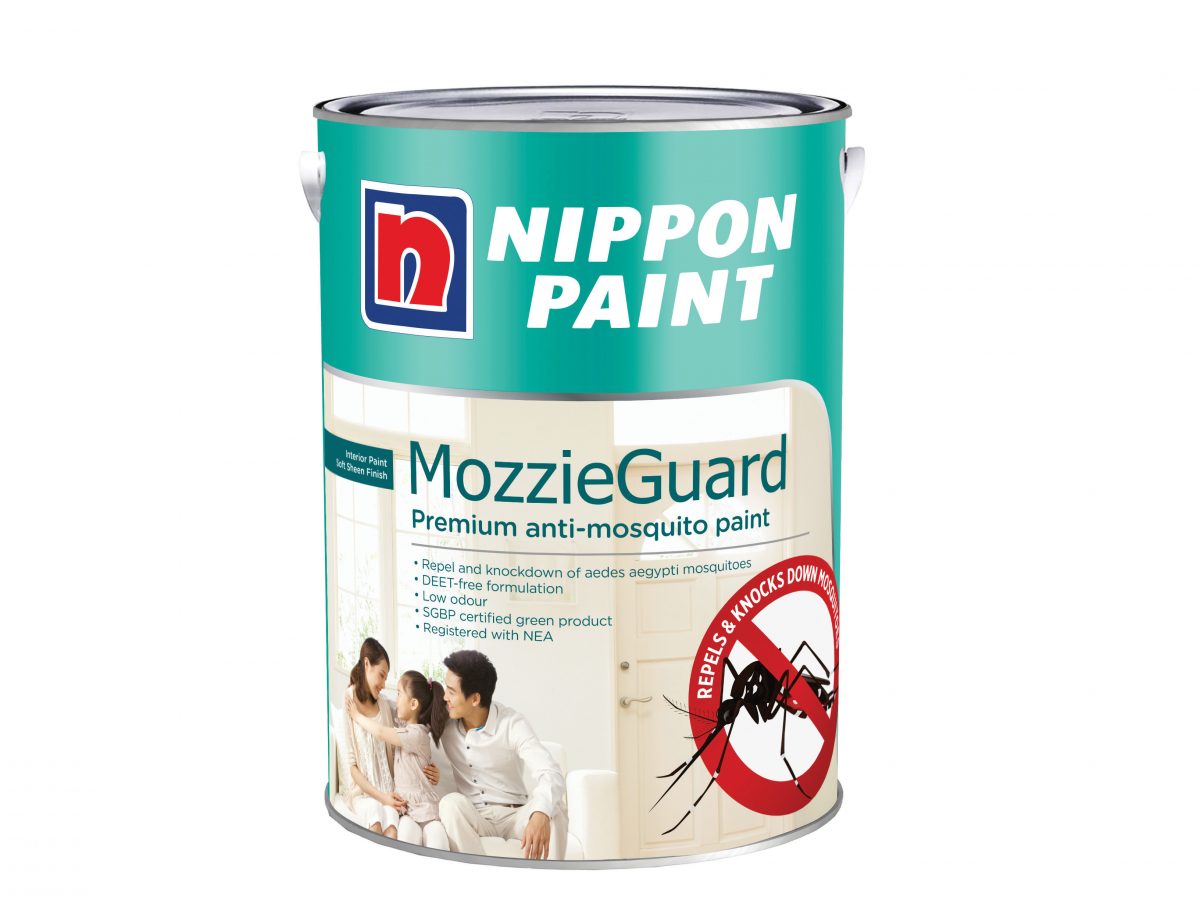
Why ‘knockdown’ leaves repellents for dead
In tackling the problem of mosquitoes and the associated risk for dengue fever outbreaks, strategies fall into two categories: ‘repellent’ and ‘knockdown’. Repellent strategies merely relocate mosquitoes and may even foster the development of resistant strains, ultimately worsening the problem for the community. Knockdown strategies, on the other hand, eliminate mosquitoes swiftly and effectively, removing the problem rather than simply moving it elsewhere.
In developing an anti-mosquito paint, Nippon Paint chose the knockdown strategy. Nippon Paint MozzieGuard knocks down mosquitoes upon landing, stopping the carriers of human suffering literally in their tracks.
Nippon Paint MozzieGuard performs this feat of elimination through ‘knockdown’ technology, which is enabled by the addition of the human-safe insecticide known as Bifenthrin. When a mosquito comes in contact with a painted surface, microscopic amounts of the encapsulated active ingredient are released and enter its central nervous system, causing instant paralysis followed by death.

An independent laboratory has tested Nippon Paint MozzieGuard and verified a mortality rate of more than 90 percent for mosquitoes that come in contact with the painted surface. So it follows that the more walls that are painted with Nippon Paint MozzieGuard, the more mosquitoes are eliminated rather than repelled. Hence homeowners and building owners who choose to use it in their interiors are not only protecting the occupants from dengue fever, but indirectly doing a service for the whole community.
For everywhere you find mosquitoes and people
In addition to dengue protection and prevention, Nippon Paint MozzieGuard possesses excellent stain, fungus and mould resistance. It is a low-odour paint with a durable and washable surface, making it ideal for use in homes, healthcare facilities, educational and community facilities and wherever people live, work and play.

To find out more about how Nippon Paint MozzieGuard can add value to your projects, and the people who live and work within them, contact a Nippon Paint Sales representative today.
Sources:
2 https://www.ncbi.nlm.nih.gov/pmc/articles/PMC7007139/
3 https://www.singstat.gov.sg/-/media/files/publications/population/ssnsep10-pg25-29.pdf

